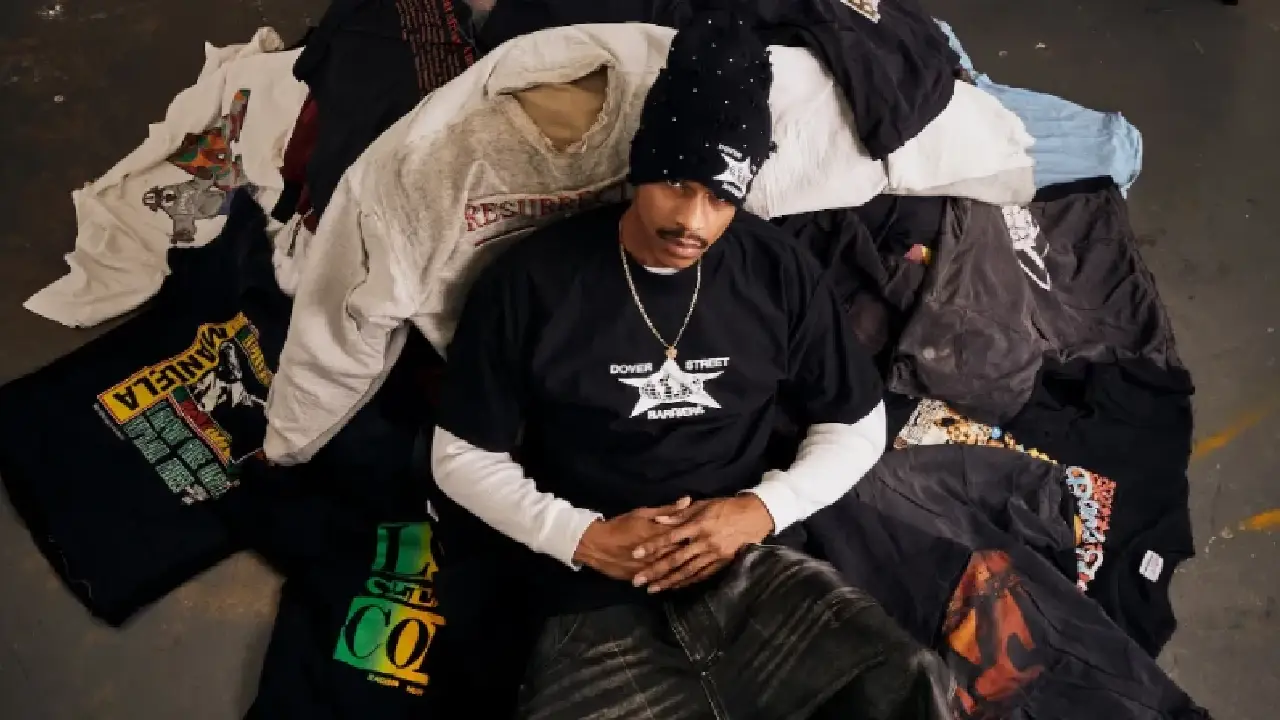In the world of fashion, few items have transcended their humble origins to become iconic symbols of culture and comfort quite like the hoodie. What started as a practical garment for athletes and laborers has evolved into a global phenomenon, gracing runways, protests, and everyday wardrobes alike. Central to this evolution is the concept of breaking through barriers—both in fashion and society.
A Brief History
The Barriers hoodie journey begins in the early 20th century, when it emerged as a practical solution for workers facing harsh weather conditions. Championed by athletes needing warmth without hindering movement, the hoodie quickly became synonymous with functionality and ease. However, its transition from utility to ubiquity was accelerated by cultural shifts in the latter half of the century.
Cultural Iconography
By the 1970s, the hoodie had firmly established itself within counterculture movements. From hip-hop to skateboarding, it became a uniform of rebellion and self-expression. Its anonymity—afforded by the hood—offered wearers a shield against conformity while embodying a sense of individuality. This transformation catapulted the hoodie into mainstream fashion, where designers began reimagining it beyond its utilitarian roots.
Fashion and Innovation
Designers like Norma Kamali and later Ralph Lauren embraced the hoodie, integrating it into high fashion collections. This fusion of street style with haute couture not only democratized fashion but also challenged traditional boundaries. The hoodie’s versatility allowed it to seamlessly transition from street corners to catwalks, challenging perceptions of what constitutes luxury and style.
Socio-Political Symbolism
Beyond fashion, the hoodie has assumed socio-political significance. In the early 2010s, the tragic death of Trayvon Martin highlighted how Barriers Clothing—specifically hoodies—could become unjustly stigmatized. The “hoodie protest,” where demonstrators donned hoodies in solidarity, underscored its role as a symbol of resistance against racial profiling and injustice. This moment reinforced the hoodie’s dual nature as both a fashion statement and a canvas for social commentary.
Breaking Barriers Hoodie Today
Today, the hoodie continues to evolve, breaking through new barriers with each iteration. Brands like Adidas and Supreme have collaborated to merge streetwear with high-performance fabrics, appealing to a broader audience. Meanwhile, sustainable fashion movements advocate for ethically sourced materials and fair labor practices, reshaping consumer expectations.
The Future of the Barriers Hoodie
Looking forward, the hoodie’s future appears boundless. Innovations in material science promise enhanced functionality, while digital fashion trends hint at virtual representations in metaverses. As society grapples with shifting norms and identities, the hoodie remains a steadfast symbol of comfort and rebellion—an enduring testament to its ability to adapt and thrive.
Conclusion
In conclusion, the hoodie’s journey from factory floors to fashion runways epitomizes its enduring appeal. Its ability to traverse cultural, socio-political, and technological landscapes underscores its significance as more than just a garment—it is a symbol of resilience and versatility. As we navigate an ever-changing world, the hoodie stands as a reminder that barriers, whether sartorial or societal, are meant to be challenged and transcended.
Through its evolution, the hoodie has proven that comfort and style need not be mutually exclusive. Instead, they can coalesce into a garment that speaks volumes about the wearer and the world they inhabit. As we continue to redefine what it means to dress and express ourselves, the hoodie remains a timeless canvas upon which these narratives unfold—a garment that truly embodies the spirit of breaking through barriers.
